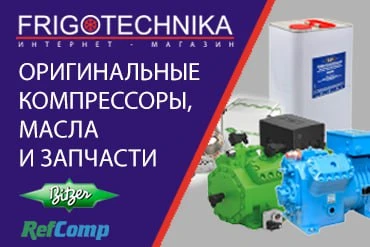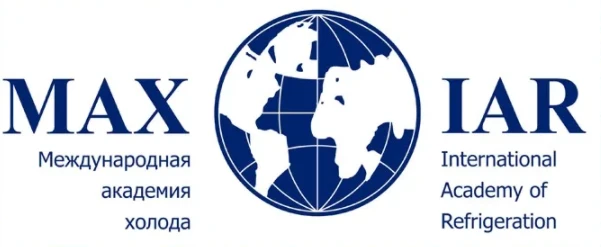Автор: Chaochao Fan , Tong Xiong , Gang Yan , Jianlin Yu, Hao Zhang, Wenxiao Chu, Qiuwang Wang
Год: 2021Язык: АнглийскийТип: Статьи
This paper presents a comparative experimental study on the frosting characteristics of an air source heat pump system that contains two operation modes, i.e., the vapor-bypassed evaporation (VB) mode and the conventional operation (CO) mode. For VB mode, a phase separator is installed inside the evaporator re- frigerant circuit to bypass vapor refrigerant, which can increase the average evaporation temperature for retarding frosting by reducing refrigerant pressure drop and decreasing the area of refrigerant inferior heat transfer coefficient region (mist flow region). According to the experimental results, under H2 con- dition (indoor: 20/15 °C; outdoor: 2/1 °C), as the initial refrigerant mass flow rate ranges 35–45 g / s , the VB mode yields 4.30–7.06% lower frost mass, 3.9–7.3% higher average heating capacity and 6.4–10.8% higher coefficient of performance (COP) over CO mode with the frosting duration of 60 min. Moreover, under H3 condition (indoor: 20/15 °C; outdoor: -7/-8 °C), the frosting duration is set as 100 min, and the VB mode obtains 9.67% lower frost mass, 7.0% higher average heating capacity and 13.3% higher COP over CO mode. Generally, the vapor-bypassed evaporation technique has a great application potential in retarding frosting and improving performance of an air source heat pump system especially under high heating capacity or low ambient temperature conditions. ©2021

















Комментарии
Войдите или зарегистрируйтесь, чтобы оставить комментарий